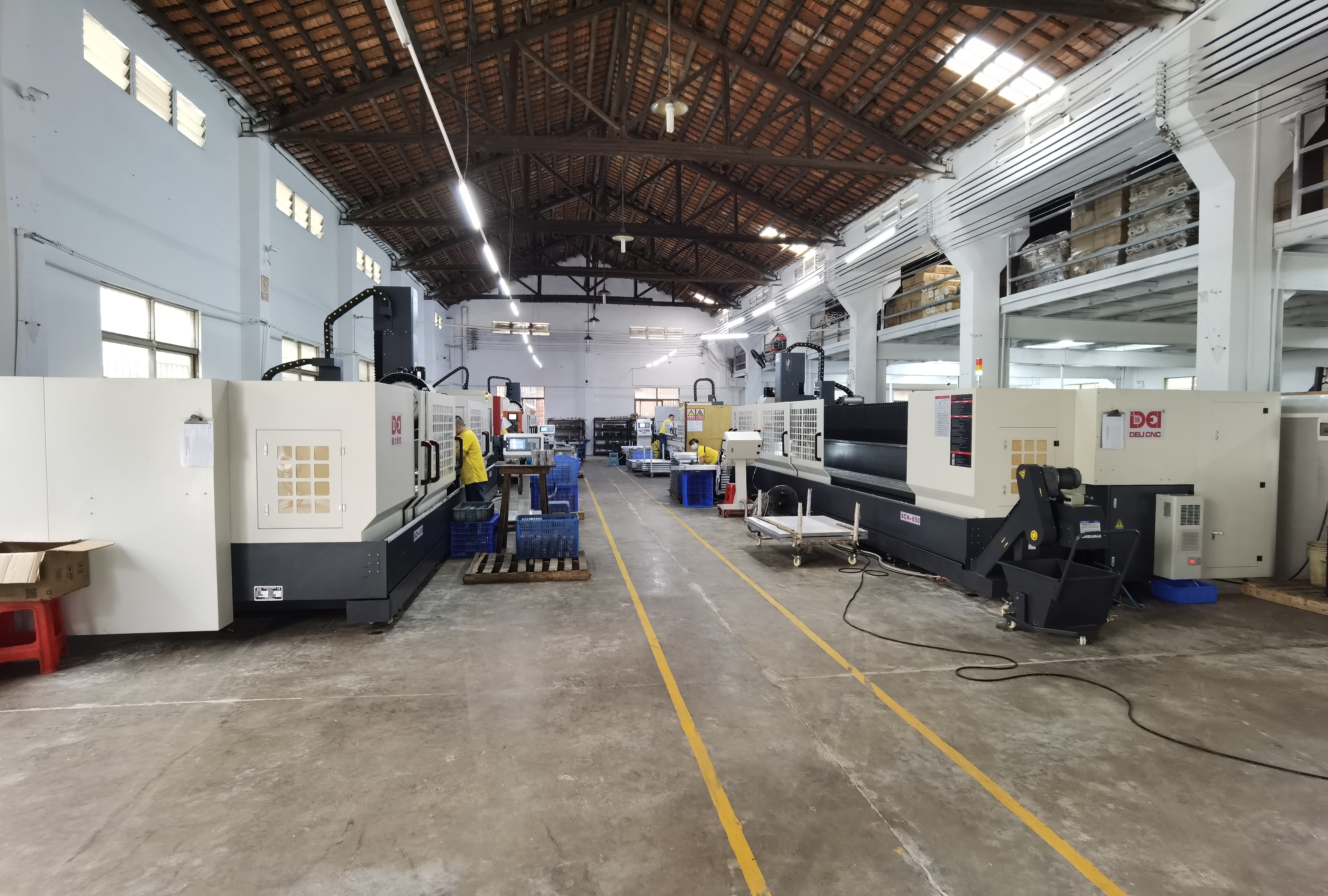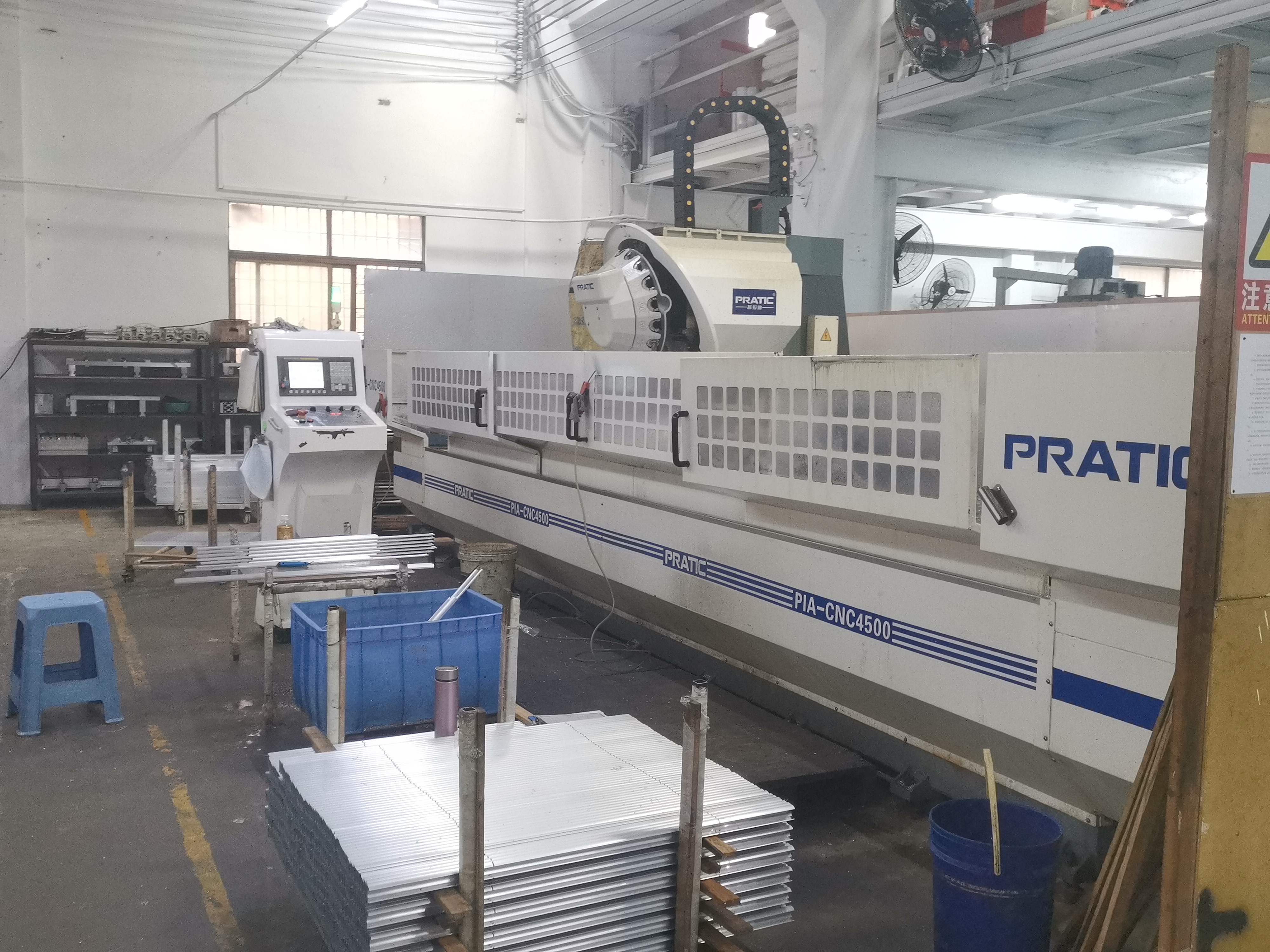CNC Machining Aluminum Services
- By:sjhmalu
- Date:19-09-2022
The CNC (Computer Numerical Control) machine operates on a computer program; it can be used for both prototyping and production of complete projects. Aluminum is a commonly used machining material due to its excellent machinability, making it the material of choice in most manufacturing industries. Aluminum offers interesting thermal and mechanical properties as a material. Additionally, metallic aluminum is relatively easy to form, especially during drilling processes such as CNC machining of aluminum. In fact, we place great importance on aluminum alloys over other light metals such as magnesium and titanium alloys. The CNC aluminum product processing has greatly increased, and the production of CNC auto parts and other lightweight CNC parts has been intense.
Aluminum is A Commercial Metal
Aluminum CNC machining is a common practice in manufacturing industries. Aluminum is a soft metal that is extremely malleable and lightweight. The alloying elements that make aluminum stronger and harder provide it with many benefits. Standard aluminum is ninety-nine percent aluminum. The remaining one percent is comprised of manganese, copper, and zinc. This makes aluminum a very versatile material. The benefits of CNC aluminum machining are many.
For precision aluminum machining, a variety of tools and processes are available. aluminum CNC machining tools typically feature a higher helix angle than standard end mills. Using specialized cutting tools that have a higher helix angle can reduce chatter while maximizing material removal. Other important factors to consider when aluminum machining is the clearance angle and helix angle. When the clearance angle is too low or too high, the tool will dig into the work and cause friction.
Aluminum is a durable and lightweight material. Its lightweight properties make it a popular commercial metal for a variety of applications, including aircraft parts. It is also highly resistant to corrosion and a good reflector of light. As a result, it is often used in lighting equipment. It is also a good absorber of shock and is useful for aircraft, ships, and boats. CNC aluminum product processing can help ensure that your parts are made to the highest quality and performance.
Benefits of Aluminum CNC Machining
There are several benefits to CNC machining aluminum services. The material is highly machinable, light, and corrosion-resistant. However, there are many factors to consider when choosing an aluminum CNC machine. Listed below are some of the factors to consider before choosing a CNC aluminum machine. When choosing a CNC machine, the tool to use depends on several factors, such as tool speed, the size of the workpiece, and the type of workpiece to be made.
Highly Machinable
Aluminum is a highly machinable metal, but the process is highly competitive. The alloy is highly machinable, but can also deform under high forces. The recommended speed and feed for aluminum machining are determined by the grade of the aluminum being machined. Aluminum machining feeds should be at least 0.020 inches in all areas. The right machined tool for aluminum can drastically increase shop efficiency. The material is readily formed and machinable. It is lightweight and requires very little power for machining. Its machinability is another major advantage of CNC aluminum machining. It can be machined to tight tolerances and has a high degree of accuracy, which reduces labor costs. CNC aluminum machining is highly machinable. CNC aluminum machining processes are second only to steel in the frequency of execution.

This versatile material can be drilled, milled, and turned with minimal effort. Typical applications for aluminum machining are bicycle frames and aircraft wing spars. Aluminum alloys are available in several different grades, each with varying degrees of corrosion resistance. Generally, the strongest grade of aluminum is 6061. Other aluminum alloys on the lower end of the strength spectrum are more corrosion-resistant. However, these are also more difficult to brighten and have a dull gray finish. CNC aluminum machining is highly versatile and has many applications.
Lightweight Material
Moreover, Aluminum CNC machining is ideal for a wide range of applications. Because aluminum is lightweight and highly recyclable, it is ideal for businesses that want to minimize their environmental impact and material waste. Most CNC machining applications involve the use of recyclable materials, but still, generate a significant amount of waste. CNC aluminum machining centers typically use a combination of vertical and horizontal spindles. Horizontal spindles are ideal for applications requiring pocketing or facing. They also facilitate high-speed machining.
Another benefit of CNC aluminum machining is that it is highly affordable. Aluminum is ideal for CNC machining because it can be machined three to four times faster than steel. This property makes aluminum an excellent material for the exterior skin panels of all types of transportation. Its lightweight and corrosion-resistant properties also make it an excellent material for precision machining. Aluminum is ideal for use in automobiles because of its low cost and lightweight. Aluminum is also resistant to wear and tear and can be rolled to form thin foil. Due to its machinability, aluminum is a popular choice among engineers. It is light, strong, and easily shaped, which reduces machining costs and shortens the time it takes to complete a project. Additionally, aluminum’s ease of working reduces the risk of part deformation, which increases precision and accuracy.
CNC Aluminum Product Processing
CNC Aluminum product processing is a key component of commercial production. It enables the production of complex aluminum parts by applying a high-speed machining process to a variety of materials. CNC aluminum product processing is especially valuable for prototype production, as it can produce parts that are symmetrical from front to back. CNC-based machining processes also help in completing tasks that were previously impossible or time-consuming with conventional process technologies.
How To Avoid Deformation in CNC Aluminum Processing
Aluminum alloy is now used in many fields and is an indispensable raw material for the CNC machining industry. However, compared with other metals, its hardness is low and its thermal expansion value is huge, which makes the processing of aluminum alloy precision parts prone to product deformation. There are many reasons for the deformation of aluminum alloy precision parts, which are related to materials, production conditions, part shape, and cutting fluid performance. Therefore, in order to reduce processing deformation, aluminum alloy precision parts processing manufacturers can take various measures to improve the process to achieve the goal of reducing deformation. The following introduces several methods that can reduce the deformation of alloy parts in aluminum CNC machining.
Reduce internal stresses of aluminum blanks
The internal stresses of the blanks can be partially eliminated by natural or artificial aging and vibration treatment. Pre-treatment is also an effective process. For large raw aluminum parts, the deformation after treatment is also important. Accurate tolerances and improved deformation can be achieved if excess aluminum is removed from the blank. After staying for a while, some of the internal pressure will also be released.
Improve the cutting ability to cut tools
The material and the geometrical parameters of the tool have a significant influence on the cutting force and the heat. The correct choice of tool is very important to reduce the machining deformation of the part.
Geometric parameters affecting tool performance:
Front corner:
The cutting angle must be set correctly to maintain blade strength or the sharp edges will wear. The cutting angle should be large enough while maintaining edge strength. For one, it can grind sharp edges. On the other hand, cutting deformation can be reduced, chips can be discharged smoothly, and cutting force and cutting temperature can be reduced. We do not recommend using the negative cutting tool.
Back corner:
The size of the relief angle directly affects the quality of grinding and side processing. Cut thickness is an important parameter to consider when setting the clearance angle. During rough milling, due to the large feed rate, large cutting load, and large heat generation, the tool must have good heat dissipation conditions, so a smaller clearance angle must be selected. In fine milling, sharp edges are needed to reduce friction between the flank and the machined surface and reduce elastic deformation. Therefore, a larger draft angle should be selected.
Helix angle:
In order to make the milling smooth and reduce the milling force, the helix angle should be as large as possible.
Entry angle:
An appropriate reduction in the main declination angle can improve heat dissipation conditions and reduce the average temperature of the treatment area.
Reasonable arrangement of the production process
During high-speed cutting, due to large machining tolerance and intermittent cutting, vibration often occurs during milling, which affects machining accuracy and surface roughness. Therefore, CNC high-speed cutting technology can generally be divided into roughing, semi-finishing, corner cleaning, and finishing. For parts requiring high precision, it is sometimes necessary to perform the second semi-finishing first, then the finishing. After rough machining, the workpiece can be naturally cooled to relieve internal stress and reduce warping.
The tolerance after rough machining should be larger than the amount of deformation, usually 1-2mm. When finishing, the surface of the part should be even. Generally, 0.2-0.5mm is the best way to keep the tool in a stable state during the finishing process, which can greatly reduce the cutting deformation, achieve good surface treatment quality, and ensure product accuracy. In addition to the above reasons, the operation method is also very important in the actual operation, and the correct operation method can also greatly reduce the bending of aluminum alloy parts.
Where To Choose CNC Machining Service
The cost of CNC-machined parts will depend on the complexity of the design, the tooling required, and the number of machining processes required. These factors should be considered within your budget. You should also ensure that the CNC service provider uses the appropriate processes and techniques for the particular part. Precision is of utmost importance and machining problems can cause delays and higher costs. Customer service is an essential feature of any CNC machining service. A customer-centric company will provide open communication and answer questions. It will also take pride in the quality of its work.
While a high-quality aluminum profile CNC machining service will have the necessary expertise to produce quality parts, customer service is equally important. It’s important to ask prospective customers for references and to read online forums to find out what other people think about the service. The overall market presence and the type of clients that the CNC machining service can cater to should also be considered. Experience in different industries is important since it proves how well it can adapt to a changing industry. It’s also vital to check how quickly the CNC machining service can turn around your parts. A provider who can turn around your parts within the shortest time possible is the best choice for your needs.

[email protected], as a CNC aluminum extrusion profile supplier, we use state-of-the-art equipment to provide you with unparalleled precision in the production of machined metal and plastic parts. We combine the latest CNC milling and turning processes with proprietary technology to deliver high-quality parts on demand. Our team of engineers and machinists program equipment to optimize cut time, surface finish, and final tolerances to meet your design specifications so you can finish ahead of time.
Aluminum metal parts are the most used products. Aluminum is a relative metal that is less than 100 years old. We offer CNC aluminum services, such as CNC Machining Parts For New Energy, and Custom Aluminum Heatsink For Mechanical Equipment, if you are looking for machined aluminum parts, you have come to the right place. CNC plastic machining can create parts very similar to stock parts. It is generally more efficient and faster than other rapid prototyping techniques for making plastic prototypes in quantities between 1 and 10 parts. We also recommend plastic CNC machining of large parts. Contact us for your CNC machining aluminum services, we are your best choice for online CNC machining services!


